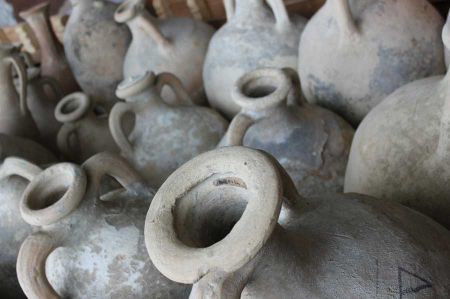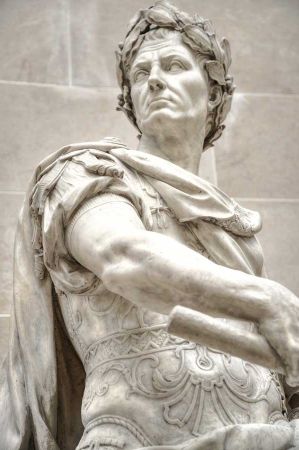The Romans in Glossop - Doctors Gate of the Bleaklow
- Written by Portal Editor
Long before Christ, the region around Glossop was inhabited by human beings, as there are indications of a Bronze Age burial site on Shire Hill (near Old Glossop) and some other possibly prehistoric remains in Torside (on the slopes of Bleaklow).
When the Romans came into contact with the island, it was largely inhabited by Celtic-speaking tribes who maintained close ties with Gaul, but because of their distinct material culture today are generally no longer considered to be Celts in the narrower sense. Already before them there had been megalithic cultures in Britain, which among other things built imposing stone monuments, such as in Wiltshire. Little is known about the time of pre-Roman Britain.
During Caesar's conquest of Gaul, it had become evident that the Gauls, in the struggle against the Romans, also received support from related tribes from Britain. Whether the Roman general had any further motives for starting the war in Britain is unclear. Thus, it was assumed that the extension of the fighting should serve Caesar's domestic political power. In order to obtain reliable information about the political situation on the island, he sent the officer Gaius Volusenus with a warship in advance to explore the British Channel coast. Caesar himself put together an invasion fleet in the meantime. Subsequently, British ambassadors were presented to him, who promised to offer hostages and to support the Romans. He met them sympathetically and sent them back with the Atrebaten Commius, whom he believed had some influence on the British.
Gaius Iulius Caesar reports in De bello Gallico that, before his own (more or less failed) campaigns to Britain, only a few merchants allegedly ventured to cross the Channel from Gaul to Britain.
100 years later, the Romans arrived to Glossop

Ardotalia built by the Cohors Prmae Frisiavonum
This unit was supported in the construction of the fort by the 3rd cohort of Bracara Augustani. These men were probably Iberian Celts from the colony of Braga in Portugal, apparently the XX. Legion Valeria Victrix was attached to Chester. Although it is not known which of these cohorts occupied the fort, Bracara Augustani's 3rd cohort is likely to have performed this task because they came from a hilly region and therefore had more experience with occupancy of terrain, as it was in the Glossop environment. The Frisiavones came from low-lying areas across the Rhine and were possibly split between the lower grounds of Manchester and Northwich.
Altar as repayment of a vow
The name Melandra is of unknown origin, but was possibly created by John Watson, rector of Stockport, who visited the site around 1771, when substantial remains of rocks existed. The name Ardotalia is a hypothetical emendation of Zerdotalia, written in Ravenna Cosmography.
Please read as well:
Stratford upon Avon - more than just Shakespear´s birthplace
Narrowboat in Stratford upon Avon - Living on the water
